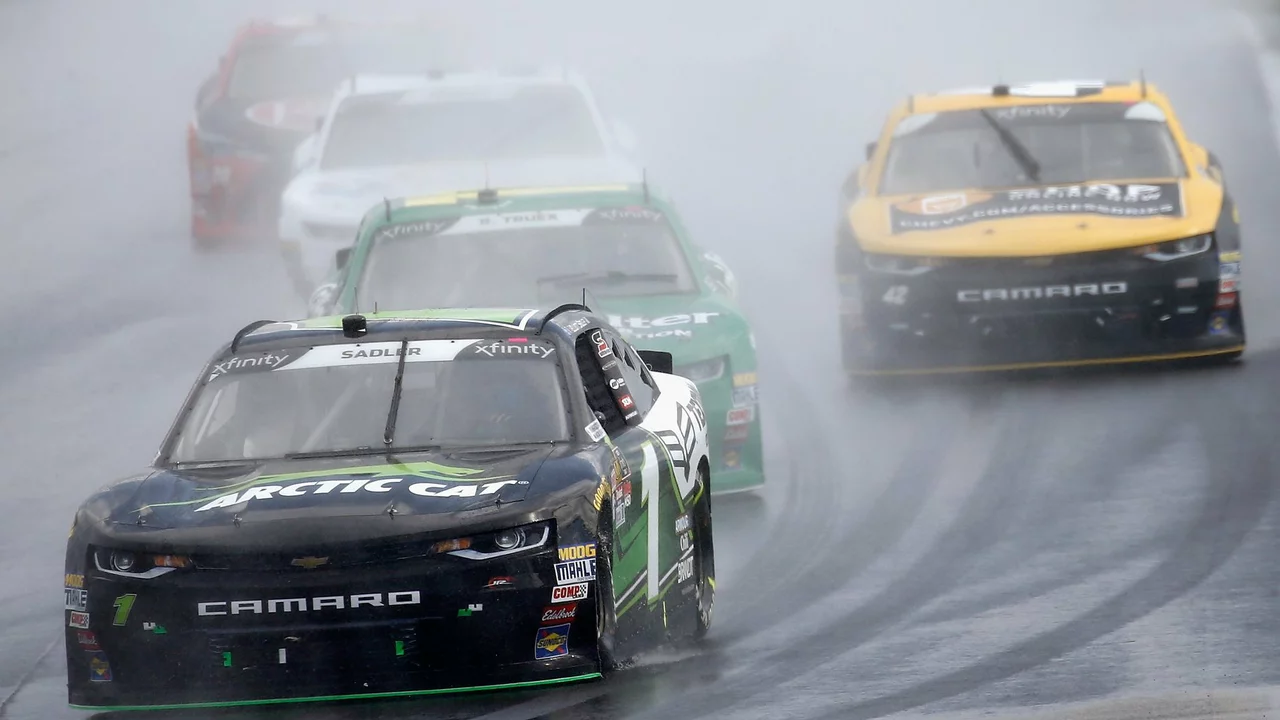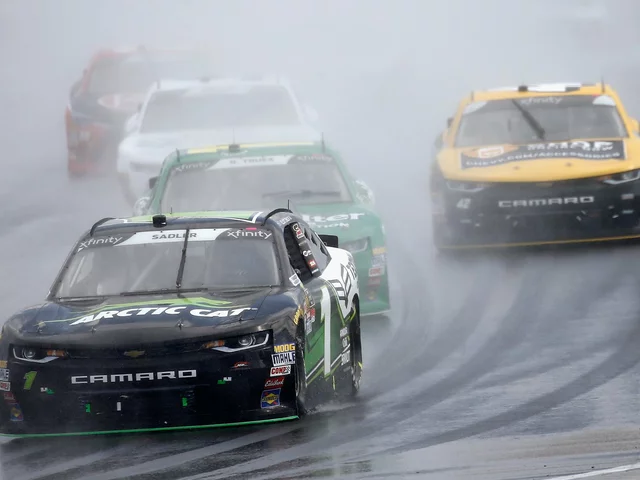Rain in Motorsports: How Wet Conditions Change the Game
Rain can turn a fast lap into a tricky puzzle. When the track gets slick, every driver has to rethink speed, lines, and braking. It’s not just about getting wet; it’s about staying in control while the surface slides beneath you. This page breaks down what rain does to a race and how you can handle it like a pro.
Why Rain Makes Racing Different
First off, water reduces grip. Tires that work great on dry asphalt start to slip as soon as a film of water appears. That’s why teams swap to rain-specific tyres that have deeper grooves. The grooves push water out of the contact patch, keeping the rubber on the road.
Second, visibility drops. Spray from the car ahead can blur the windshield, making it hard to see the apex or braking markers. Drivers often raise the rear wing for extra downforce, which helps the car stay planted but adds drag.
Third, braking distances get longer. On a wet surface, the brakes can lock up easier, so most drivers use a gentler pressure and rely more on engine braking. This change means you have to start braking earlier than you would on a dry day.
Tips for Driving in the Wet
Choose the right tyre pressure. A slightly lower pressure helps the tyre’s edge cut through water, but don’t go too low or you risk damaging the sidewall. Most teams give a specific target for rain conditions.
Smooth inputs are key. Any sudden steering or throttle moves will break traction. Try to steer with small corrections and apply the throttle gradually as you exit a corner.
Look for the rubber line. The part of the track that’s been rubbered in from previous cars often offers better grip, even when it’s wet. Aim your racing line toward those spots whenever possible.
Maintain a safe distance. The spray from the car ahead can hide hazards, so give yourself extra space to react. This also reduces the chance of a rear‑end collision if the car in front slides.
Practice makes perfect. Many tracks have dedicated rain sessions where you can feel how the car behaves without the pressure of a race. Use those days to fine‑tune your braking points and get a feel for the tyre’s limit.
Finally, trust the team’s data. Modern race cars feed real‑time information about tyre temperature and slip angle. If the dashboard shows the tyre is too cold, warm it up before pushing hard.
Rain adds drama to motorsports, but with the right setup and mindset, it can also become an opportunity to gain an edge. Whether you’re a fan watching from the stands or a driver behind the wheel, understanding how wet conditions work will make every lap more exciting and safer.
 28 July 2023
28 July 2023
Do auto races take place in the rain?
Alright, my speed-loving friends, you've been asking, and I'm here to spill the beans - do auto races take place in the rain? The answer is, drumroll please, yes and no! Some racing series, like Formula 1, embrace the wet stuff and call it an exciting twist - like adding hot sauce to your favorite taco. But on the flip side, NASCAR tends to put the brakes on when the skies open up, mainly because their cars are as good on wet tracks as I am at juggling chainsaws! So, there you have it, a mixed bag of damp and dry, just like British weather!
Latest Posts
-

Just Stop Oil Activists Target Stonehenge with Orange Paint to Push for Fossil Fuel Ban
-

Sexy Hot Escort Paris: What You Need to Know Before You Go
-

Do auto races take place in the rain?
-

Watch Arsenal vs Athletic Club Live: TV, Streaming & Broadcast Details
-

Pompey fans protest John Mousinho’s lineup vs Leicester
0